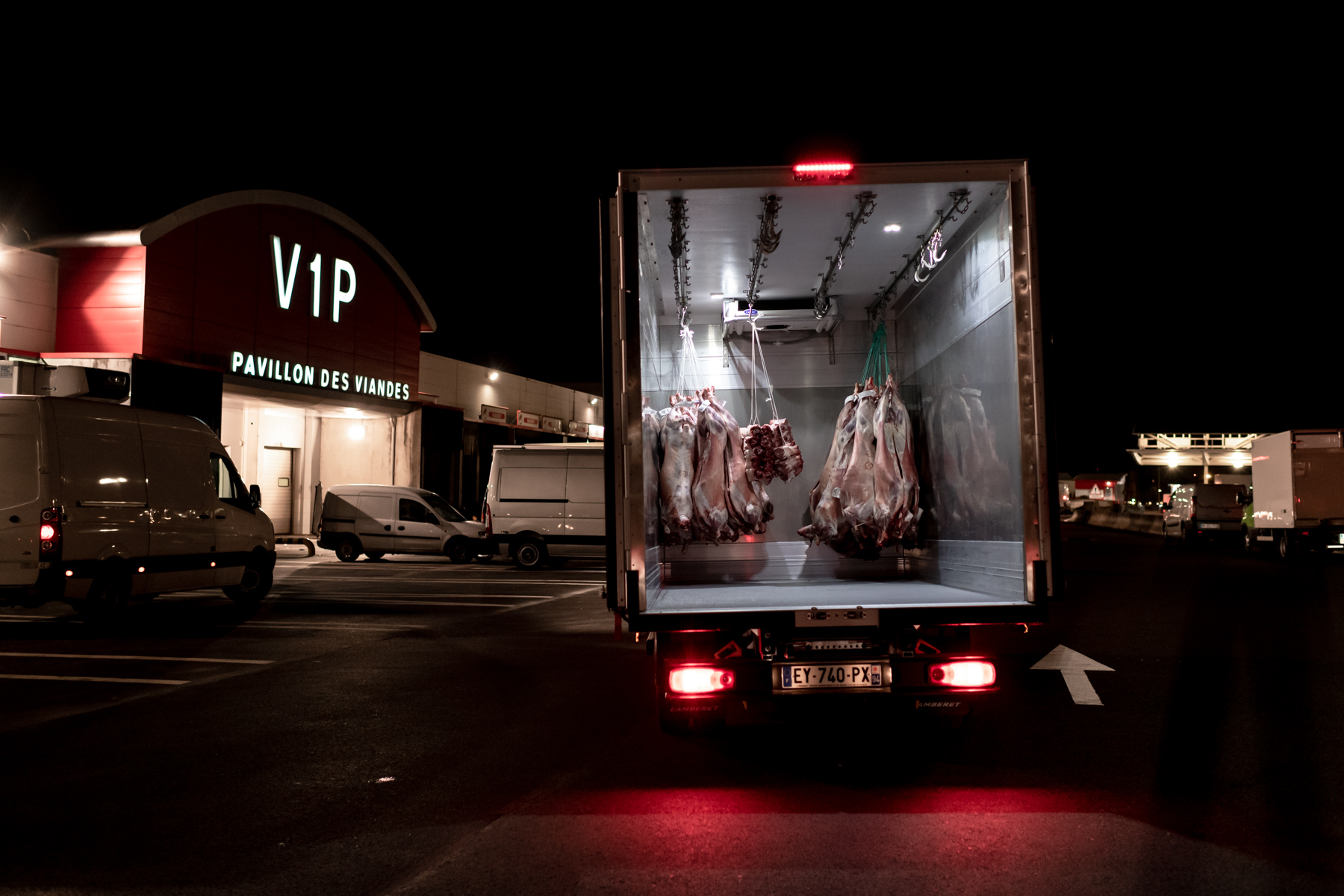thumbs
1 / 18 next previous
1 / 18 next previous
-
France, Rungis Market - International Edition for The New York Times - 07/10/2018
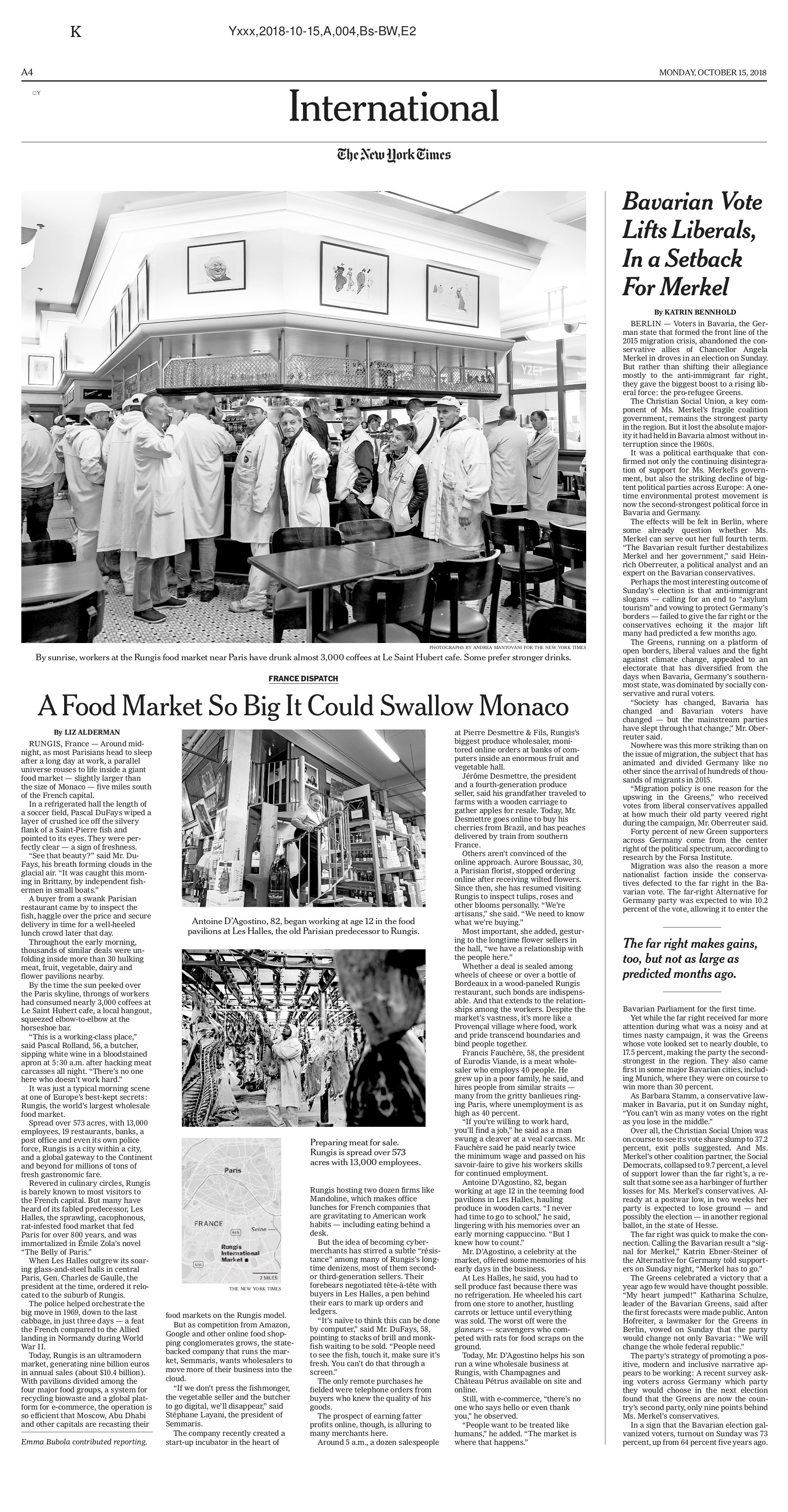
-
On average, 52 000 tonnes of fish are sold each year at the Rungis market. It is the largest market of fresh produce in the world. Rungis Market, France. Andrea Mantovani for the New York Times.
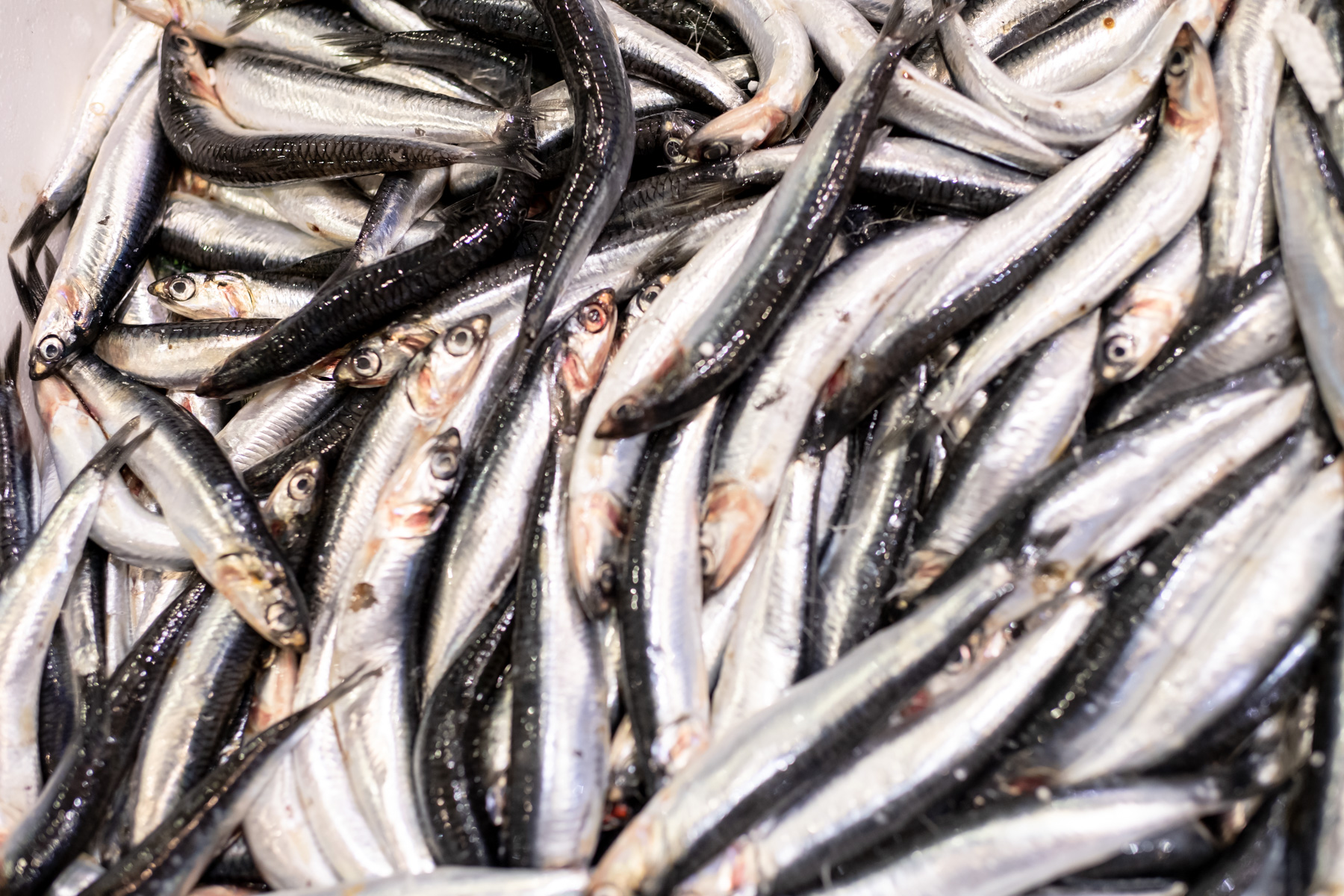
-
Meat traceability is ensured upon receipt of the goods until they leave the market. Eurodis company. Rungis Market, France. Andrea Mantovani for the New York Times.

-
"We were pioneers in the e-commerce of meat by buying the website eboucherie.fr, an online butchery site ten years ago," says Francis Fauchere. Today, nine out of ten new customers come to them through this channel. Rungis Market, France. Andrea Mantovani for the New York Times.
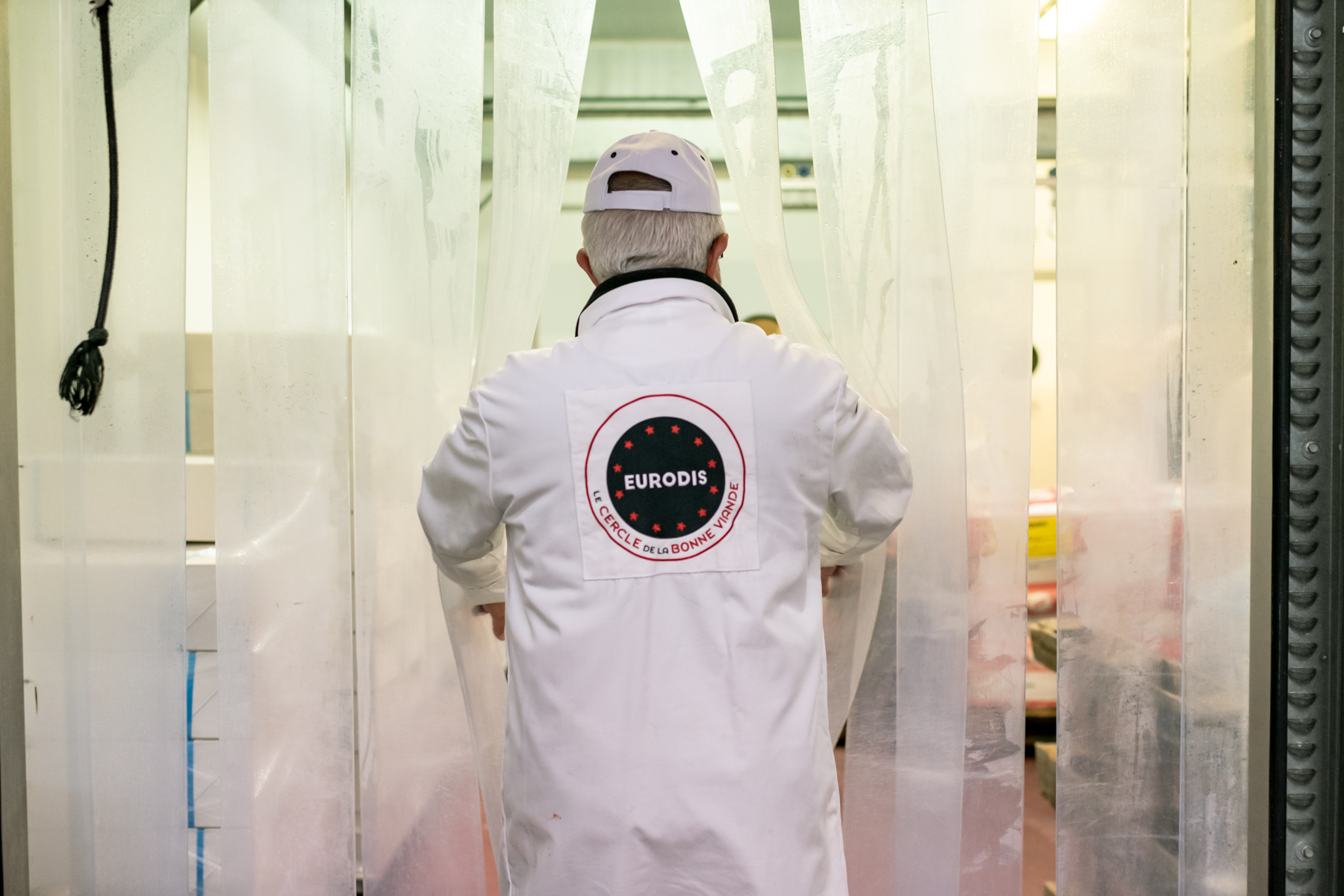
-
In Rungis, companies work directly with butchers, restaurateurs and slaughterhouses. They make primary cuts of meat from whole animals. Rungis Market, France. Andrea Mantovani for the New York Times.
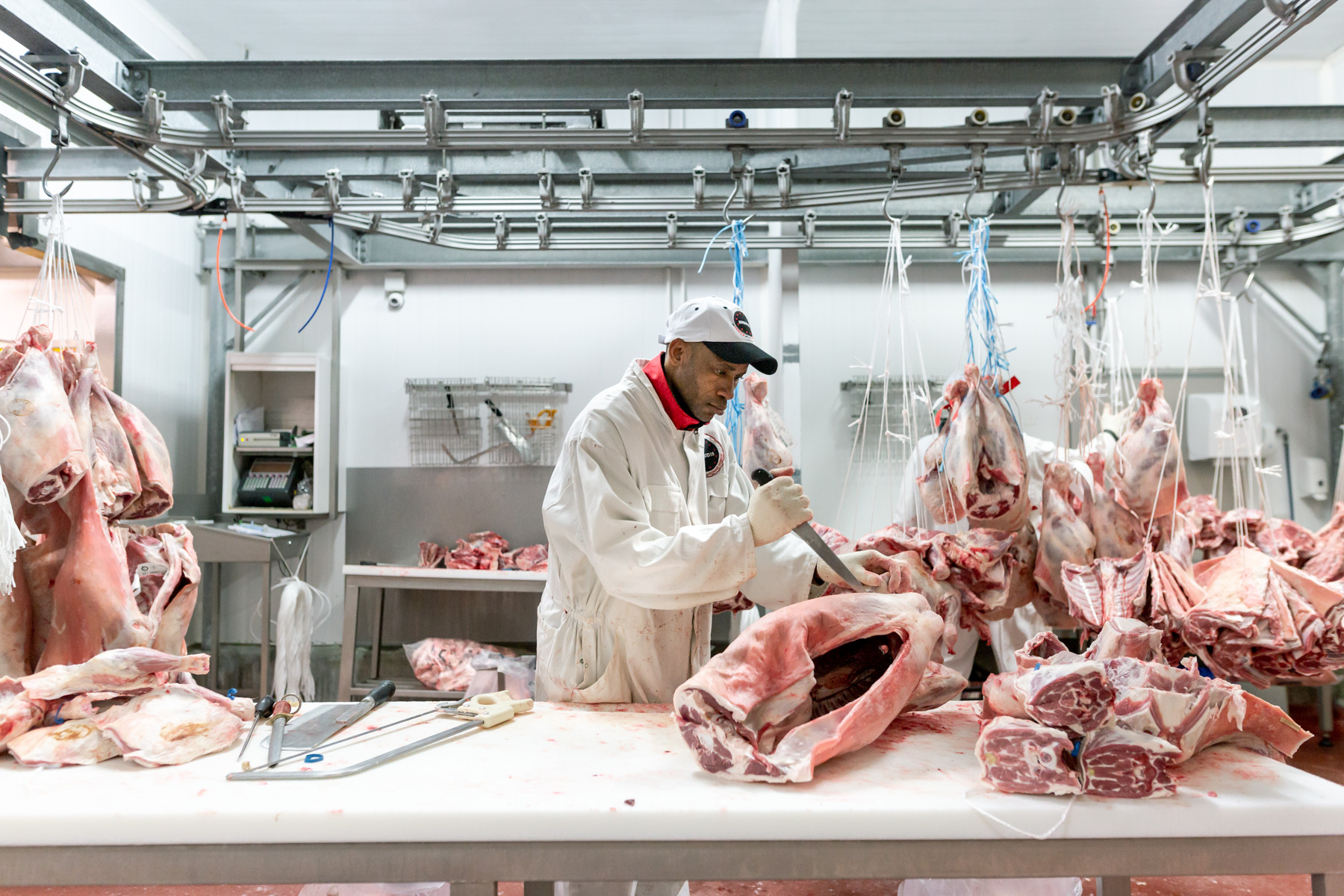
-
Rungis companies have stock and logistics to respond instantly to any customer's request. Rungis Market, France. Andrea Mantovani for the New York Times.

-
The meat is unloaded from the trucks with the help of robots before being cut. Everyone can find in Rungis the piece of meat of their choice. Rungis Market, France. Andrea Mantovani for the New York Times.

-
In Rungis, transactions between sellers and buyers are always done by mutual agreement between long conversation and clapping hands. Rungis Market, France. Andrea Mantovani for the New York Times.
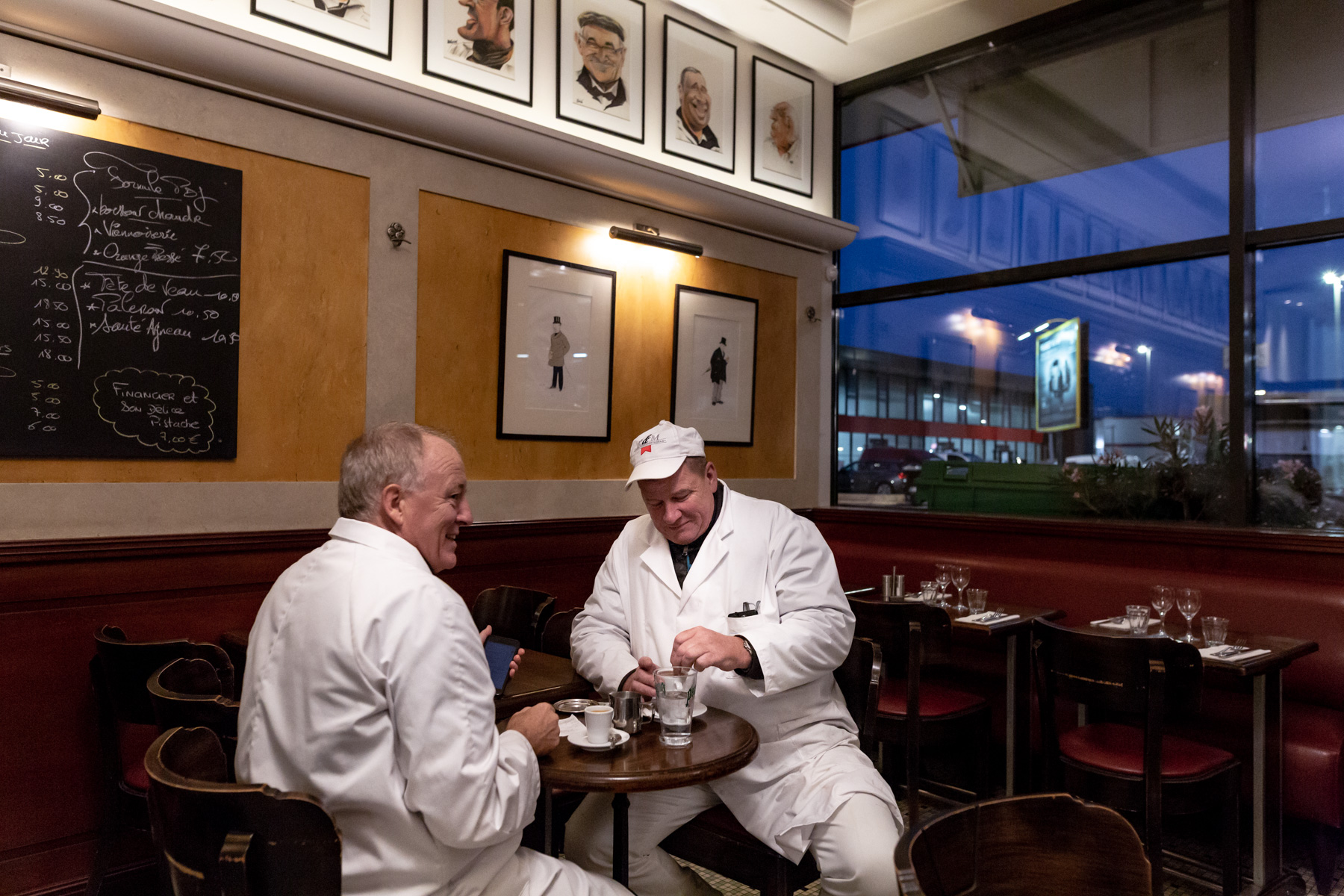
-
Everyone can find in Rungis the piece of meat of their choice. The company Eurodis sells beef exclusively from meat breeds with a preference for limousine, veal and lamb meat. Rungis Market, France. Andrea Mantovani for the New York Times.
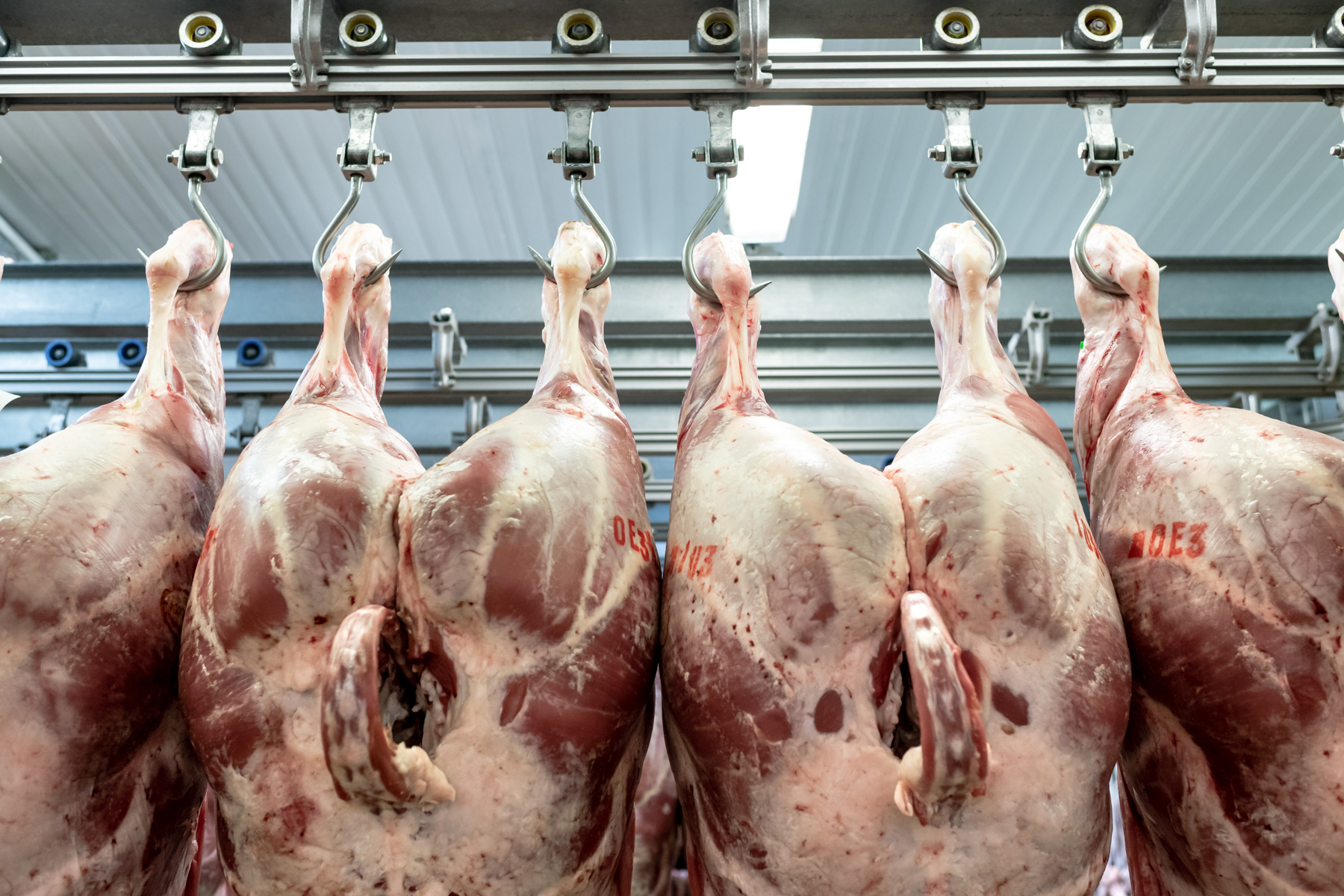
-
The majority of employees have been working at Rungis for years. They consider themselves as a big family." It is a city in the city with a country spirit". Rungis Market, France. Andrea Mantovani for the New York Times.

-
5:00 am at the Aloyau restaurant in Rungis. Buyers review their order of meat. Rungis Market, France. Andrea Mantovani for the New York Times.
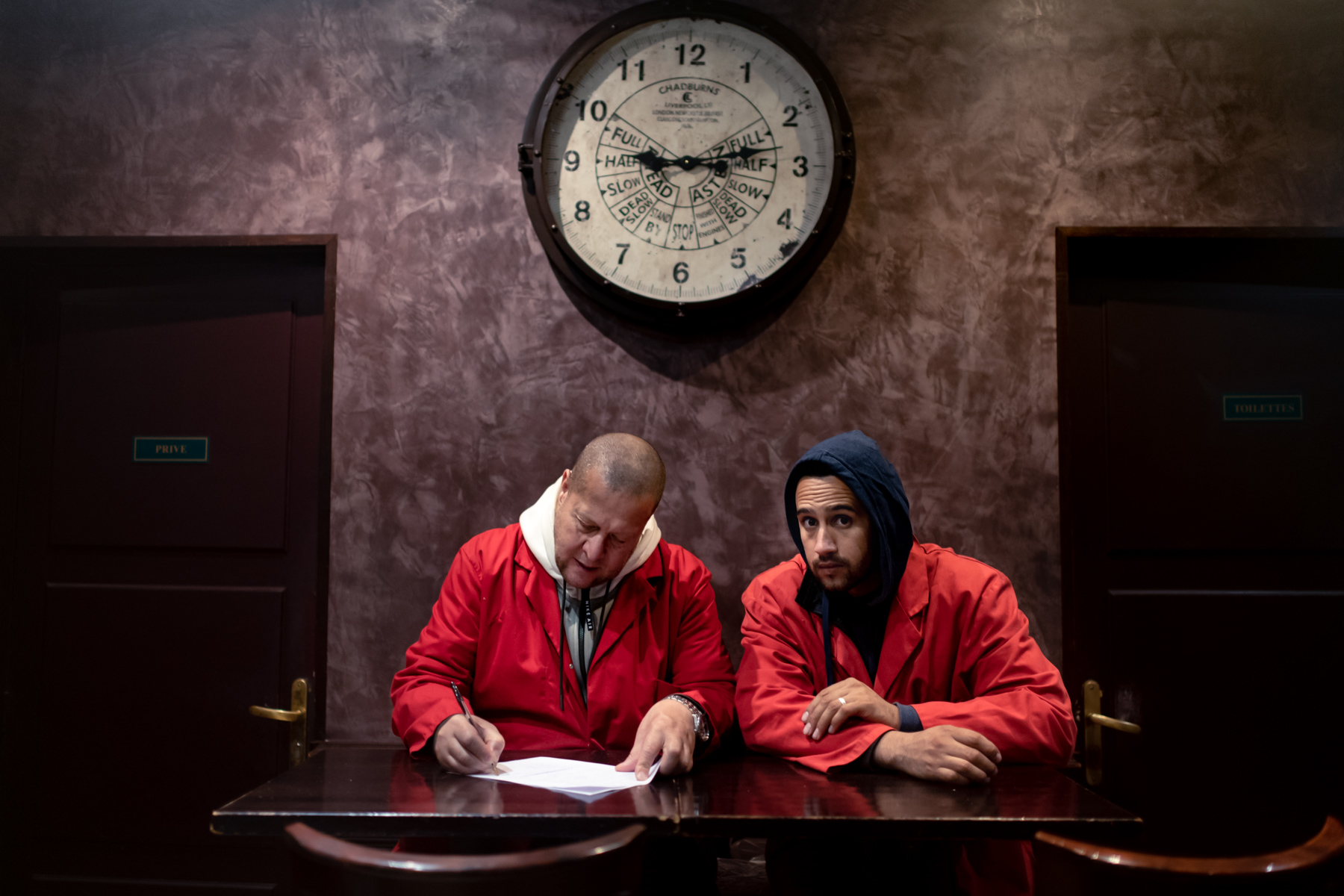
-
In Rungis, companies work directly with butchers, restaurateurs and slaughterhouses. They make primary cuts of meat from whole animals. Rungis Market, France. Andrea Mantovani for the New York Times.
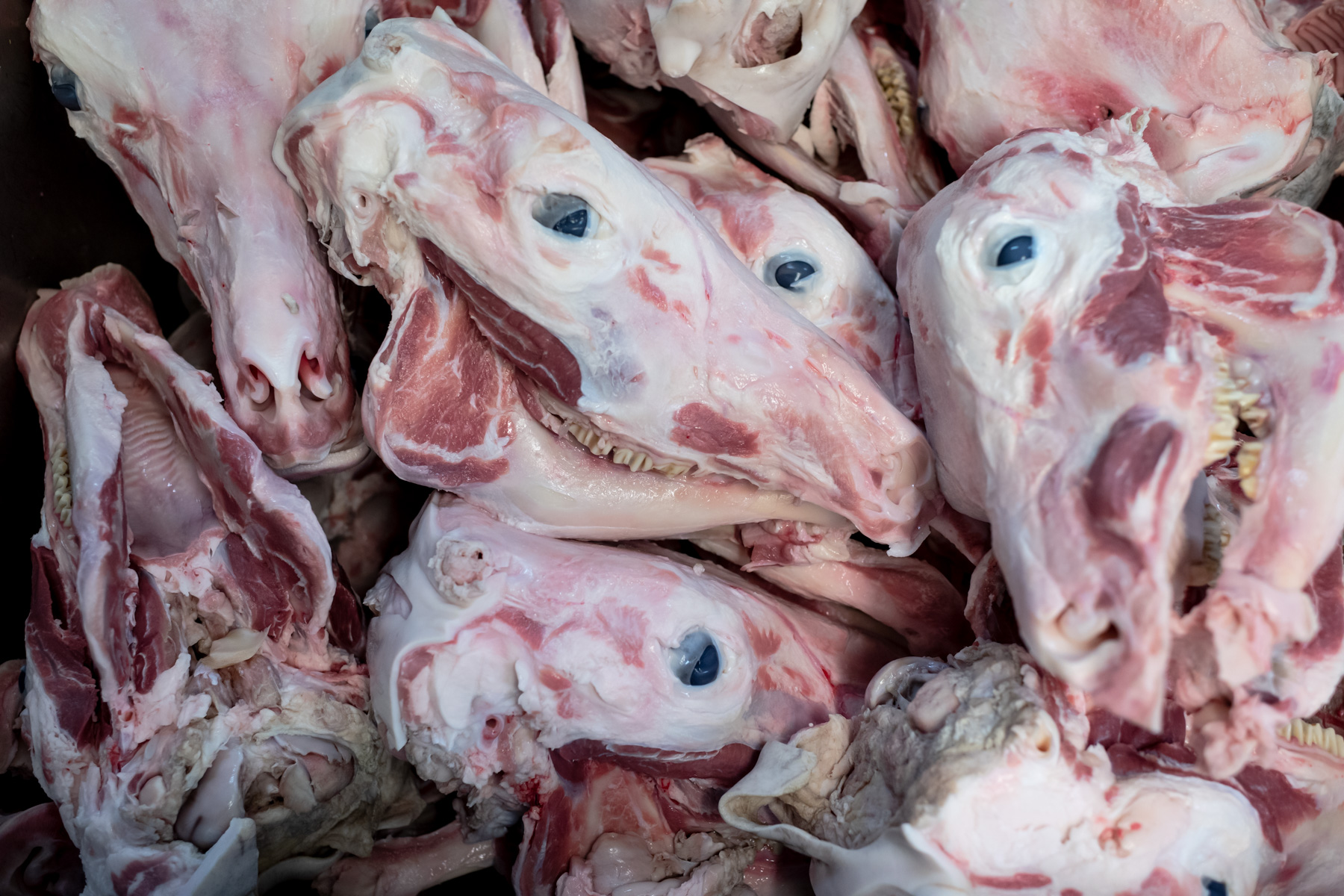
-
5:00 am at the Aloyau restaurant in Rungis. Patrick has been a beef cutter for 8 years butcher Reigner. He works all week from 10pm to 6am. Rungis Market, France. Andrea Mantovani for the New York Times.
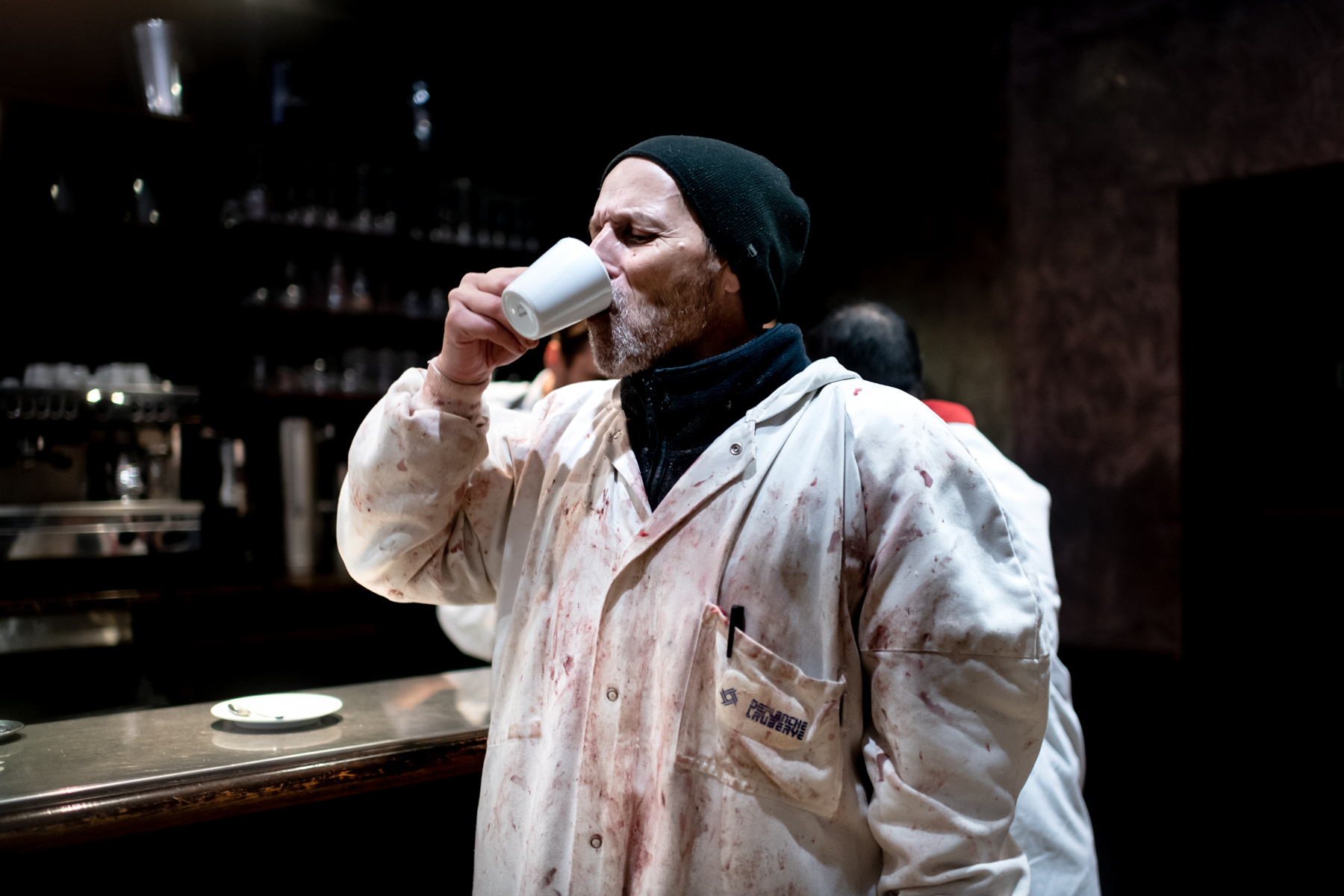
-
Parrotfish caught around Sri Lanka. Rare and original fish found on the Rugis market. At Rungis, 70% of the fisheries are French, the rest is export. Rungis Market, France. Andrea Mantovani for the New York Times.
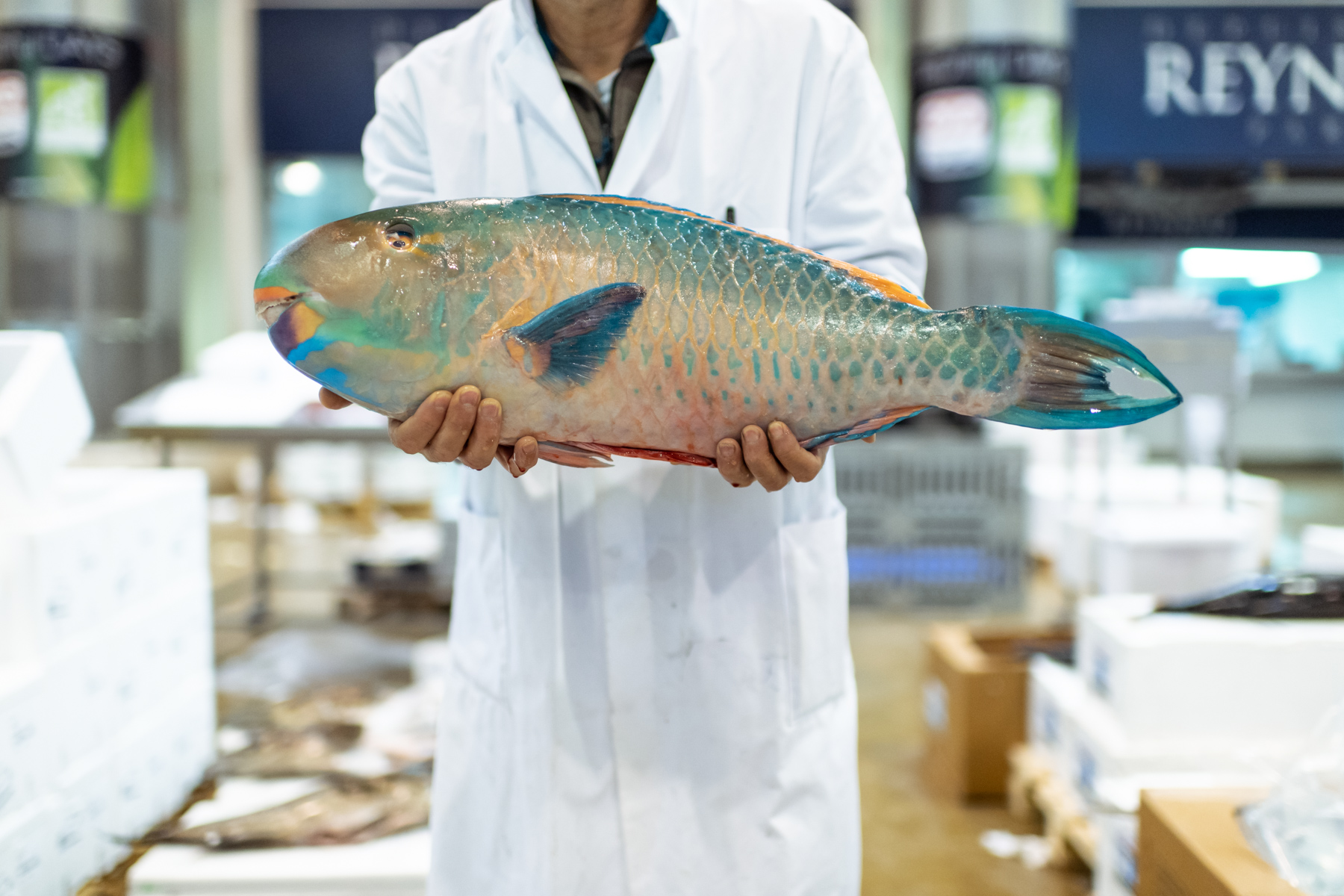
-
Dannois tourists visiting the Rungis market. Rungis Market, France. Andrea Mantovani for the New York Times.

-
The pig is the most eaten meat in France. All parts of the pig can be eaten, integrated in dishes or prepared in charcuterie. Rungis Market, France. Andrea Mantovani for the New York Times.
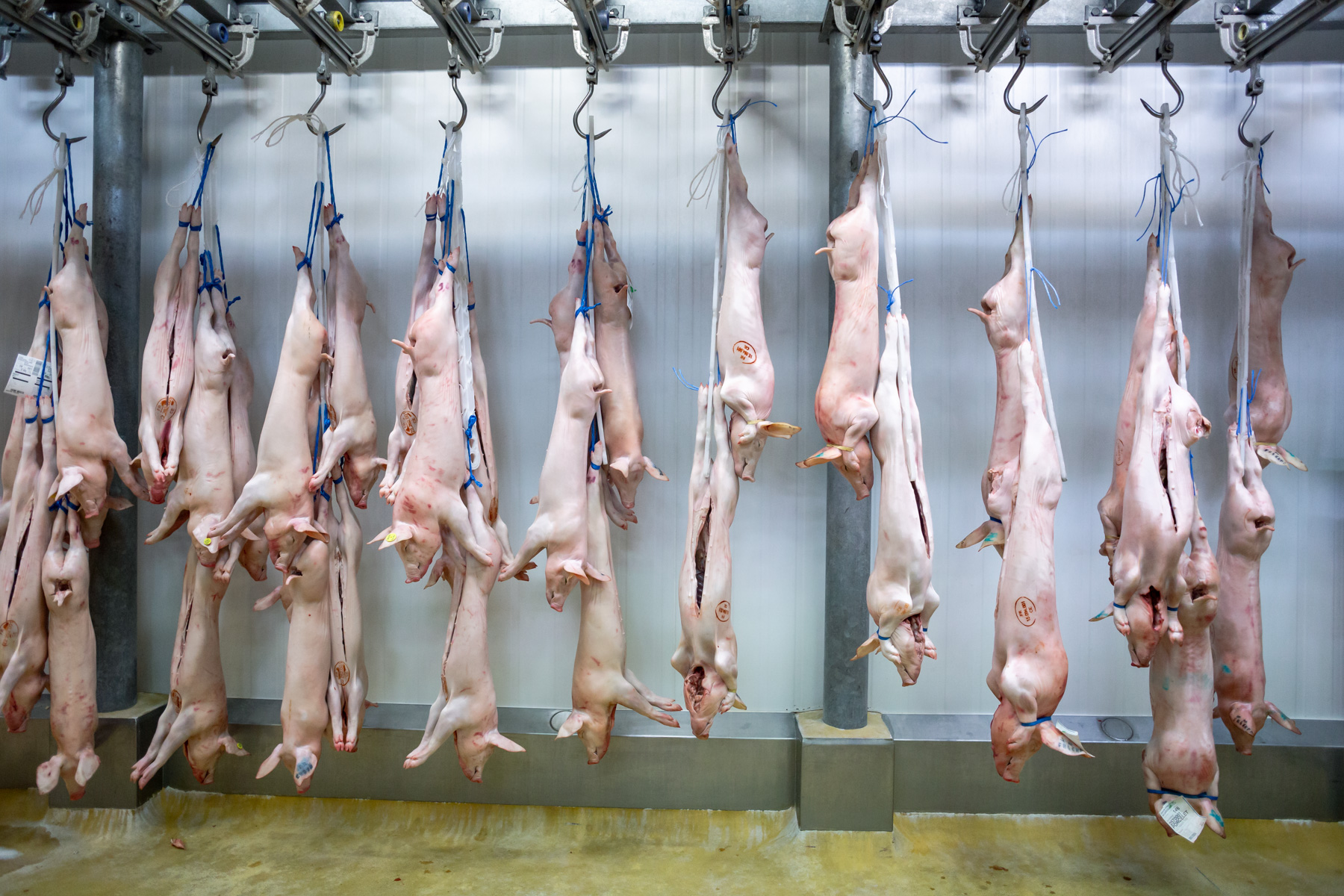
-
In Rungis, companies work directly with butchers, restaurateurs and slaughterhouses. They make primary cuts of meat from whole animals. Rungis Market, France. Andrea Mantovani for the New York Times.
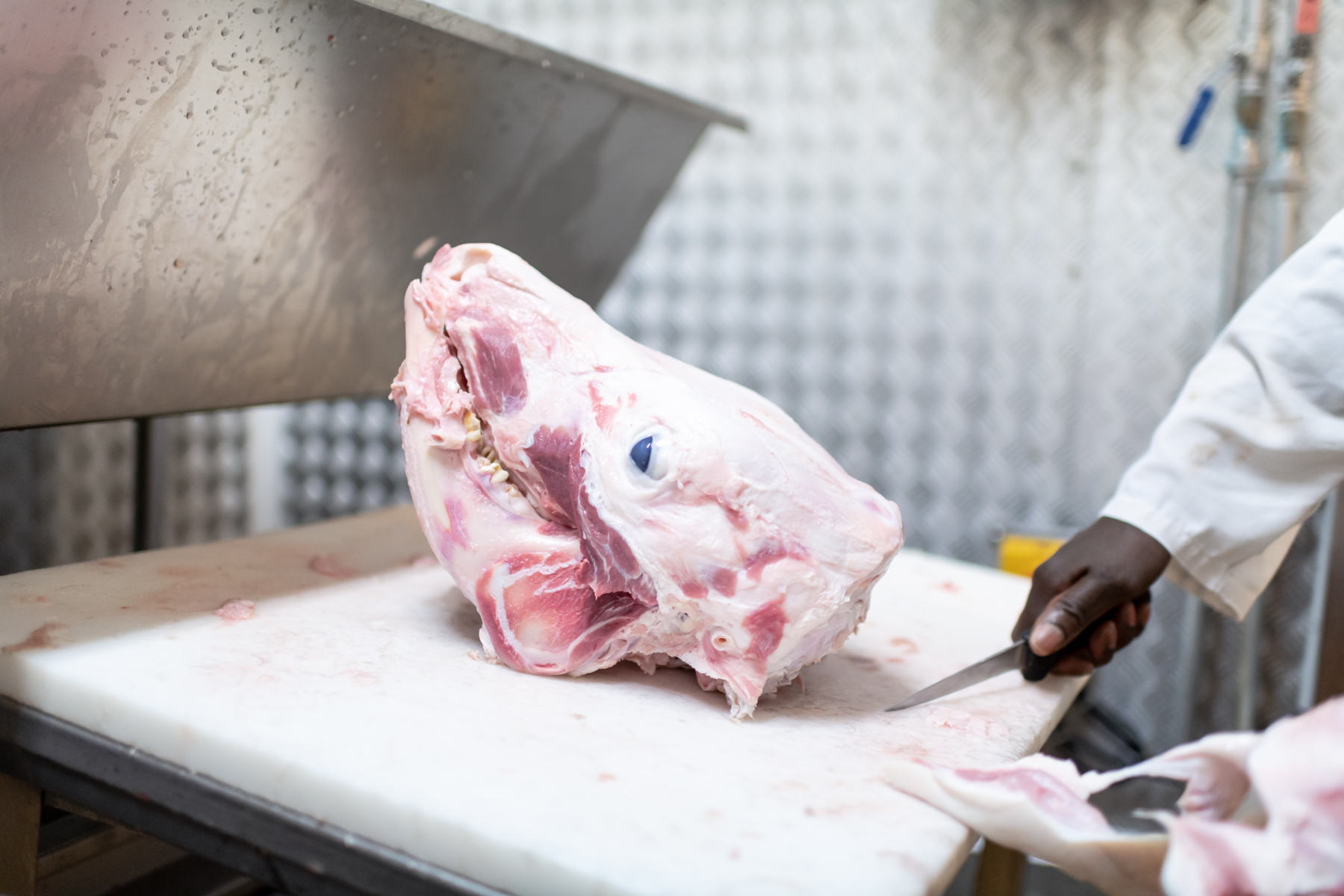
-
The Rungis market is a National Interest Market (MIN), with a special status. Wholesale market, it's intended to reduce distribution channels by reducing the number of intermediaries between the producer and the consumer. Rungis Market, France. Andrea Mantovani for the New York Times.
